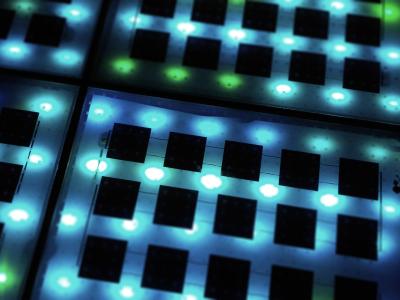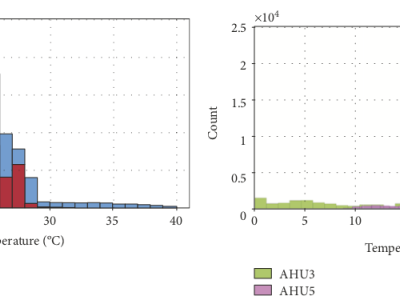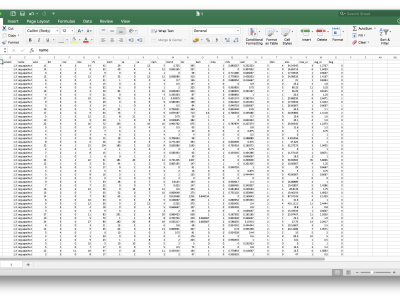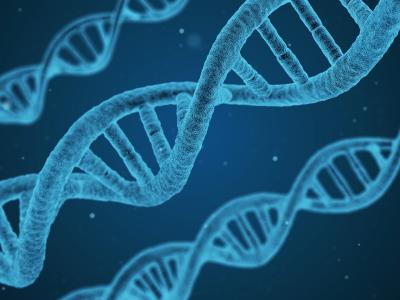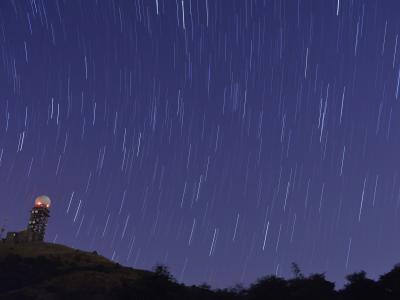
This dataset includes binary files of radiometric measurement sessions 2018-2019. Measurements of microwave descending radiation in the band of resonance absorption of water vapor 18 - 27.2 GHz were performed. The observations were carried out by means of special microwave multichannel (47 channels) radiometer-spectrometer developed in Kotel'nikov Institute of Radioengineering and Electronic of RAS Special Design Bureau. Radiometer was located in Fryazino, Moscow Region, Russian Federation.
- Categories:

